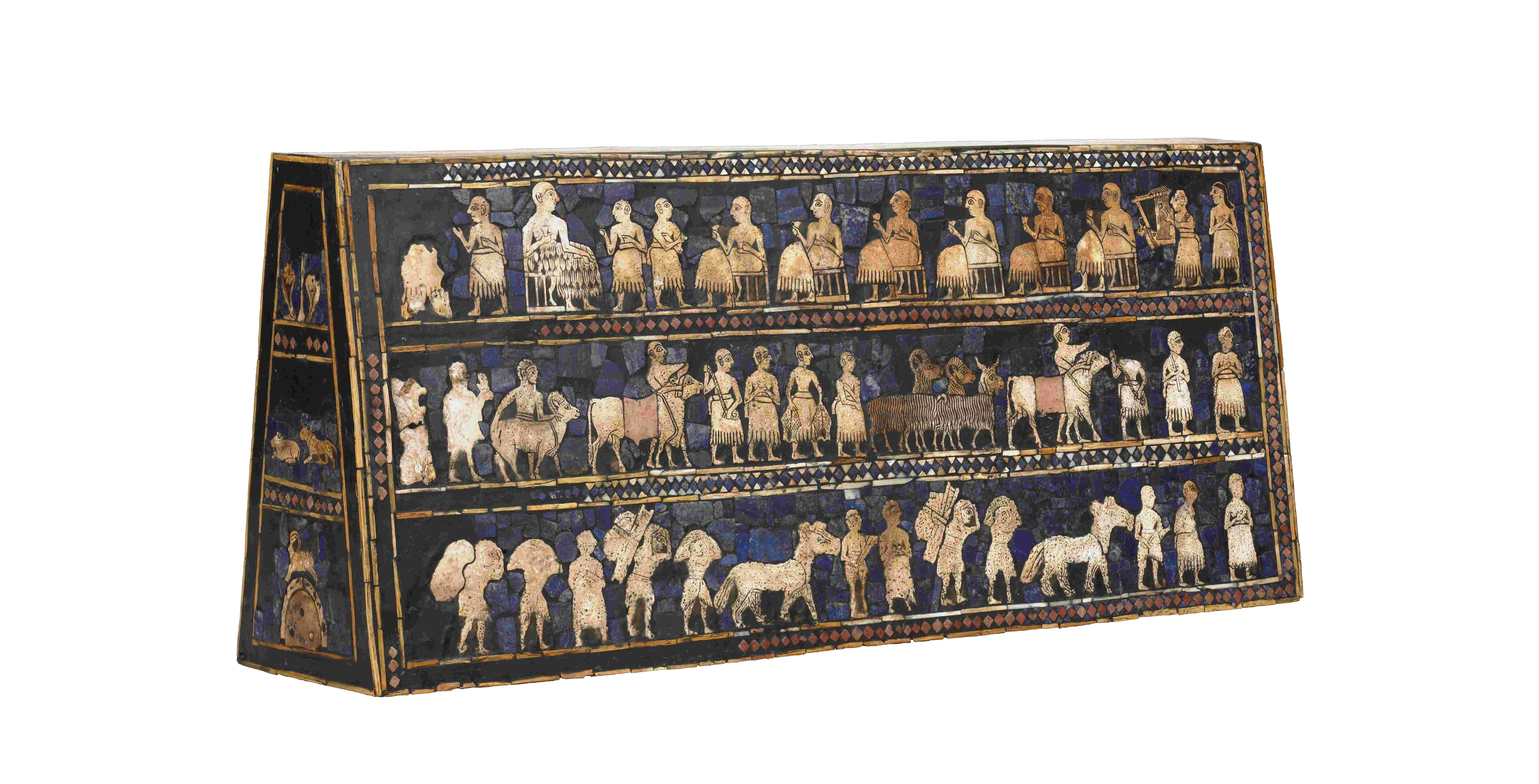When "A History of the World in 100 Objects" aired its final episode on Oct. 22, 2010, millions of loyal listeners eagerly tuned in.
The BBC Radio 4 series, on which the current exhibition of British Museum artifacts at the Tokyo Metropolitan Art Museum is based, had charted 2 million years of history with 99 15-minute broadcasts revealing stories behind some of the London museum's most important historical objects. Naturally there had been much speculation on the 100th artifact. What could possibly represent the advancements and complications of contemporary society to earn a place in one of the largest museums in the world?
It took nine months of week-day broadcasts to reach the milestone, so it surprised some, if not disappointed a few, when it was revealed that the 100th object was a £30 (¥5,415) portable solar-powered lamp and charger.


















With your current subscription plan you can comment on stories. However, before writing your first comment, please create a display name in the Profile section of your subscriber account page.